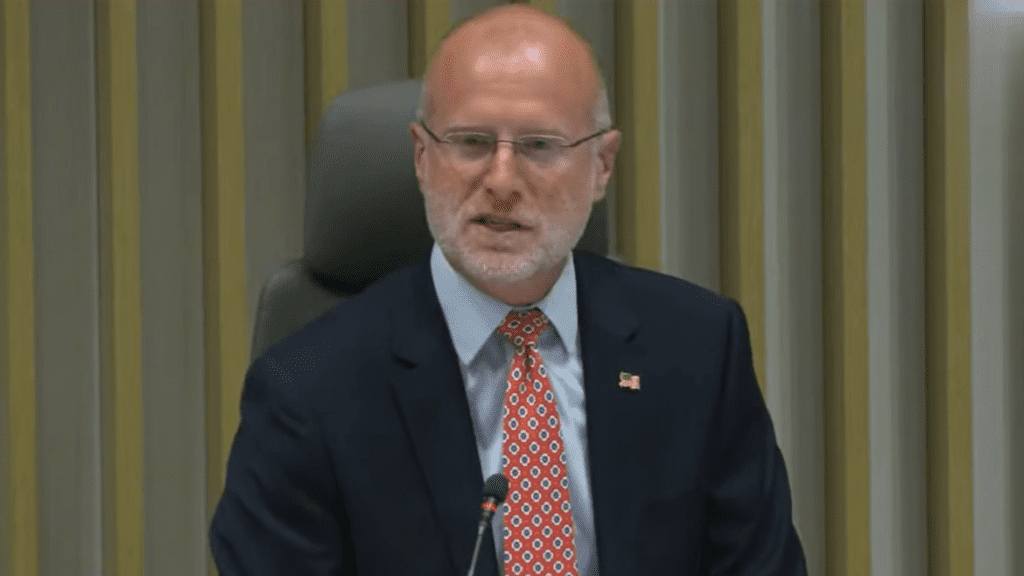FCC Seeks to Update A-CAM Universal Service Obligations
Randy Sukow
|

It has been six years since the FCC began offering rural telephone carriers the option to apply for universal service funds to build broadband networks through an Alternative Connect America Cost Model (A-CAM). The Commission uses A-CAM to calculate many telcos’ level of support, and also allows telcos’ to choose the traditional rate-of-return rules. But in a world where Congress passes several new bills directing tens of billions of dollars toward broadband construction, six-year-old policies tend to age quickly. The Commission this morning began considering a new approach that will harmonize A-CAM with the new programs (PDF), especially the National Telecommunications and Information Administration’s (NTIA) Broadband Equity, Access, and Deployment (BEAD) Program.
“The old tools matter too,” Chairwoman Jessica Rosenworcel said during the FCC’s monthly agenda meeting where it unanimously adopted a Notice of Proposed Rulemaking (NPRM). “One of the most consequential you’ll find is in Section 254 of the Communications Act. It charges the FCC with supporting communications networks and rural, insular, and high-cost areas. A lot turns on that phrase.”
The NPRM considers the possibility of increasing A-CAM-based universal service payments in exchange for telcos agreeing to higher service speeds over expanded areas. It proposes raising the minimum speed for A-CAM eligibility to 100/20 Mbps service from the current 25/3 Mbps. “A modernized, enhanced program means raising obligations,” Rosenworcel said. The new policy would also apply new FCC broadband maps to find holes in current coverage and requiring telcos to serve some of those areas.
Another aim of the NPRM is to “align” A-CAM with the BEAD rules. That would include increasing the minimum speed and applying cybersecurity obligations to A-CAM eligibility. “As we seek comment on how the two programs can support each other, it is imperative for us to ensure that FCC-funded networks are equally as secure as other portions of the federal government. These A-CAM networks must stand shoulder to shoulder with the BEAD buildout,” said Commissioner Geoffrey Starks.
The Commission adopted the NPRM a week after entering an interagency agreement with NTIA, the U.S. Department of Agriculture and the U.S. Treasury to share information and coordinate data collection as each agency goes forward with their own broadband construction and affordability programs.
An updated policy also might lead to greater rural telco acceptance of A-CAM. “The increase in funding available could encourage other rate-of-return carriers to sign up for this advanced A-CAM, moving carriers from the legacy support model, which has been a Commission goal, and I support that,” Starks said.


